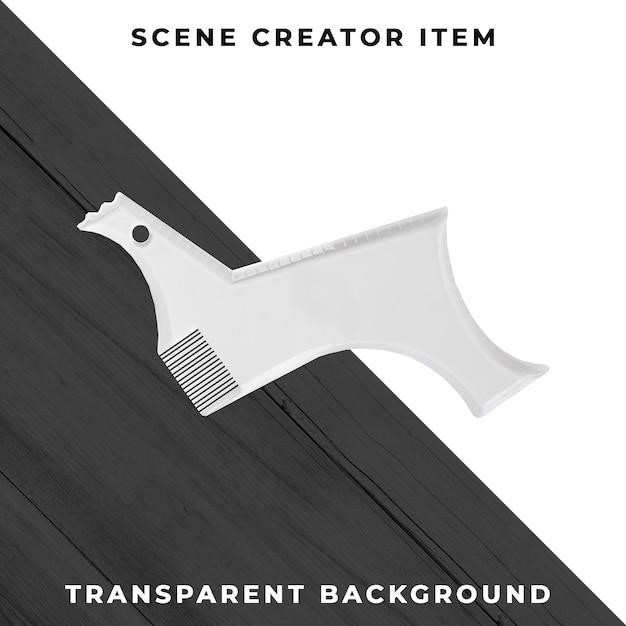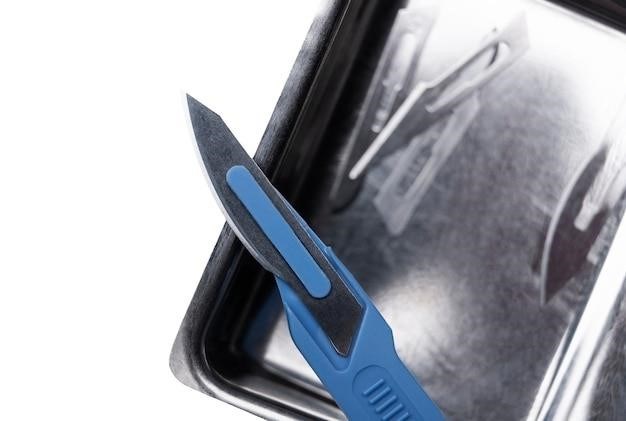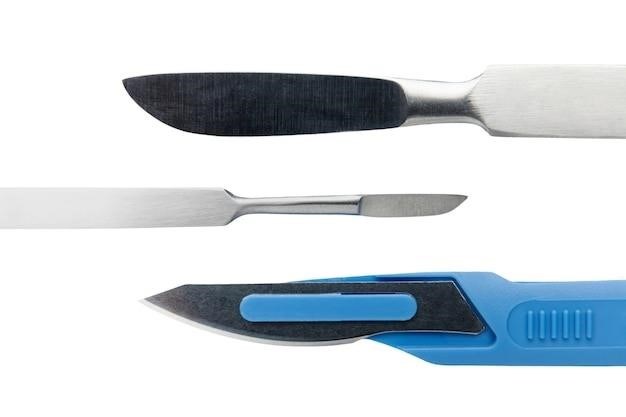Knife Sharpening Angle Guide⁚ A Comprehensive Overview
This guide explores the crucial role of sharpening angles in achieving razor-sharp knife edges. We’ll cover ideal angles for various knife types, the importance of consistent angle maintenance, and how to select and use angle guides effectively for optimal results, ensuring a long-lasting, efficient cutting edge.
Understanding Knife Sharpening Angles
The angle at which you sharpen your knife significantly impacts its sharpness and durability. A sharper angle creates a finer, more delicate edge, ideal for precision work but potentially less durable. Conversely, a larger angle results in a more robust edge, better suited for heavy-duty tasks but may be slightly less sharp. The total sharpening angle is the sum of the angles on each side of the blade. For instance, sharpening at 15 degrees per side yields a 30-degree total angle. Many sources suggest a 20-degree total angle (10 degrees per side) as a versatile starting point for most knives. Japanese knives often benefit from a slightly smaller angle (around 17 degrees total), while Western knives frequently perform well at 20 degrees or slightly higher. Experimentation is key to finding the optimal angle for your knife and its intended use. The choice depends on the knife’s steel type and your personal preferences. Remember that consistency in angle maintenance is crucial for achieving and maintaining a consistently sharp edge.
Ideal Angles for Different Knife Types
The ideal sharpening angle varies depending on the knife type and its intended use. For example, delicate paring knives and straight razors often benefit from a smaller angle (10-15 degrees per side), resulting in an extremely sharp but more fragile edge. General-purpose kitchen knives, such as chef’s knives and utility knives, typically perform best with a 15-20 degree per side angle, striking a balance between sharpness and durability. Robust knives designed for heavy-duty tasks, like hunting knives or cleavers, often require a larger angle (20-25 degrees per side) to withstand significant stress. Japanese knives, known for their thin blades, usually work well with a slightly smaller angle (10-15 degrees per side). However, these are general guidelines; experimentation may be necessary to find the optimal angle for your specific knife and its intended use. Always prioritize consistent angle maintenance for optimal performance.
The Importance of Consistent Angle Maintenance
Maintaining a consistent sharpening angle is paramount for creating a truly effective and long-lasting knife edge. Inconsistent angles lead to an uneven edge, resulting in poor cutting performance and potentially damaging the knife’s blade. A consistently maintained angle ensures that the sharpening process removes material evenly, creating a smooth, symmetrical edge. This not only improves sharpness but also enhances the knife’s durability. Using an angle guide significantly aids in maintaining consistency, especially for beginners. Without consistent angle maintenance, the knife may become dull more quickly, requiring more frequent sharpening. Furthermore, uneven sharpening can lead to micro-chipping or damage to the blade’s edge over time. Therefore, consistent angle maintenance is crucial for maximizing the lifespan and performance of your knives.
Choosing the Right Sharpening Angle Guide
Selecting the appropriate angle guide hinges on factors like knife type, sharpening method, and personal preference. Various types exist, each offering unique features and functionalities to aid in achieving the perfect sharpening angle.
Types of Angle Guides Available
The market offers a diverse range of angle guides catering to various sharpening needs and preferences. Simple, fixed-angle guides provide a consistent angle for sharpening, ideal for beginners or those seeking ease of use. These are often found as part of sharpening systems or sold individually. Adjustable angle guides offer greater versatility, allowing users to fine-tune the angle to suit different knife types and desired sharpness levels. These are particularly useful for experienced sharpeners who work with a variety of knives. Another type of guide utilizes a clamping mechanism to hold the knife at a specific angle. These are typically more robust and are suitable for both freehand sharpening and use with sharpening stones. Finally, there are innovative angle guides, such as the Angle Pyramid, that offer multiple pre-set angles to accommodate different knife types and sharpening styles. The choice depends on the user’s skill level, desired precision, and the types of knives they typically sharpen. Consider the features and ease of use before selecting the right angle guide.
Factors to Consider When Selecting an Angle Guide
Choosing the right angle guide involves careful consideration of several key factors. Firstly, assess your skill level. Beginners might find fixed-angle guides easier to use, ensuring consistent sharpening. Experienced sharpeners might prefer adjustable guides for greater control and versatility. The types of knives you own significantly influence the choice. Guides offering a range of angles accommodate various knife types, from delicate paring knives to robust chef’s knives. Durability and material quality are crucial. A robust guide ensures longevity and precise sharpening. Consider the guide’s construction material; some are made of durable plastics, while others are made from more robust materials like metal. Ease of use is another important factor. A user-friendly design simplifies the sharpening process, particularly for beginners. Finally, check reviews and compare prices from different brands to find a guide that suits your budget and specific requirements. Prioritizing these factors ensures a worthwhile investment in a tool that enhances your knife sharpening experience.
Using Angle Guides Effectively
Effective utilization of an angle guide hinges on proper technique and understanding. Begin by securely clamping the guide to the knife, ensuring the blade rests firmly and consistently within the guide’s constraints. Maintain a consistent angle throughout the sharpening process; any variation can result in an uneven edge. Use gentle, even pressure, avoiding excessive force that could damage the blade or the guide itself. Short, controlled strokes are preferable to long, sweeping ones. The number of strokes required depends on the knife’s condition and the sharpening stone’s abrasiveness. Regular checks are essential to monitor progress and avoid over-sharpening. Listen for the sound of the blade; a smooth, consistent sound indicates proper sharpening. If you hear grating or scraping, adjust your technique or pressure. Finally, remember to clean the angle guide after each use to remove any metal particles or debris that might affect future sharpening sessions. Practice is key; the more you use the guide, the more proficient and efficient you’ll become.

Techniques for Achieving the Perfect Angle
Mastering the perfect sharpening angle involves both freehand techniques and utilizing sharpening systems with built-in angle guides, each offering unique advantages for achieving a consistently sharp edge. Practice makes perfect!
Freehand Sharpening Techniques
Freehand sharpening demands practice and a keen eye for detail. Beginners might find it challenging to maintain a consistent angle, leading to uneven sharpening. However, with patience and dedication, freehand sharpening can become a refined skill. Start by visualizing the desired angle—typically 20 degrees per side for many knives—and try to maintain this angle throughout the sharpening process. Use slow, deliberate strokes, keeping the blade at a steady angle against the sharpening stone. Regularly check the edge for sharpness and adjust your technique as needed. Different hand positions and stone placements might help you maintain a consistent angle more comfortably. Some sharpeners suggest using tactile feedback—feeling the angle—to maintain consistency. The key is repetition and mindful practice.
Using Sharpening Systems with Built-in Angle Guides
Sharpening systems featuring integrated angle guides simplify the process significantly, especially for beginners. These systems often employ slots, grooves, or clamps to hold the knife at a pre-set angle, eliminating the need for manual angle control. This consistent angle ensures even sharpening across the blade’s edge. Many electric sharpeners and some manual pull-through sharpeners utilize this approach. The user simply guides the knife through the mechanism, allowing the built-in guide to maintain the correct angle. While convenient, these systems might not offer the same level of precision or control as freehand sharpening. The fixed angles might not be ideal for all knife types or sharpening preferences. Always refer to the manufacturer’s instructions for optimal use and to avoid damaging your knives. Despite limitations, these systems provide a user-friendly way to achieve a reasonably sharp edge.

Maintaining Your Knife’s Edge
Regular honing is key to preserving your knife’s sharpness between sharpening sessions. Honing realigns the microscopic teeth along the blade’s edge, removing minor imperfections and restoring its keenness. A honing steel is commonly used for this purpose; carefully draw the blade along the steel at the same angle used during sharpening. Avoid excessive pressure to prevent damage. The frequency of honing depends on usage; more frequent use necessitates more frequent honing. Proper storage also plays a role in edge maintenance. Store knives separately to avoid contact and chipping. Avoid washing knives in the dishwasher, as the harsh detergents and high temperatures can dull the blade. Hand washing with mild soap and careful drying is recommended. With consistent honing and careful handling, your knives will retain their sharpness for extended periods, reducing the need for frequent sharpening and maximizing their lifespan.

